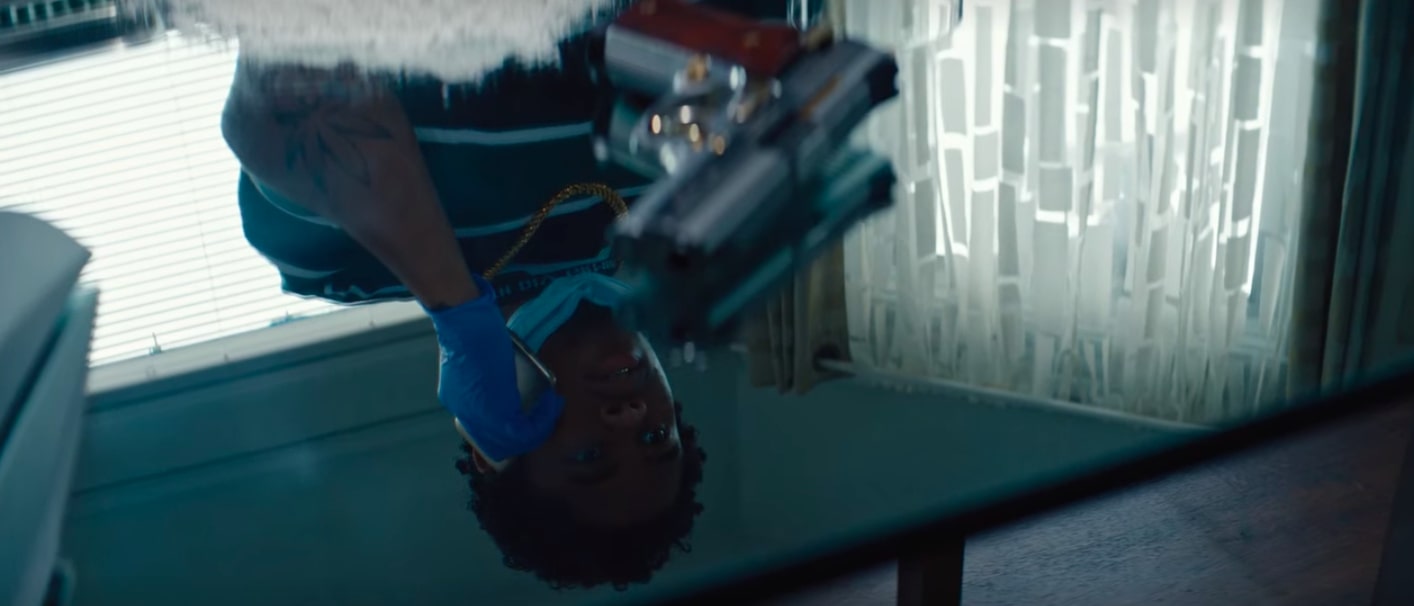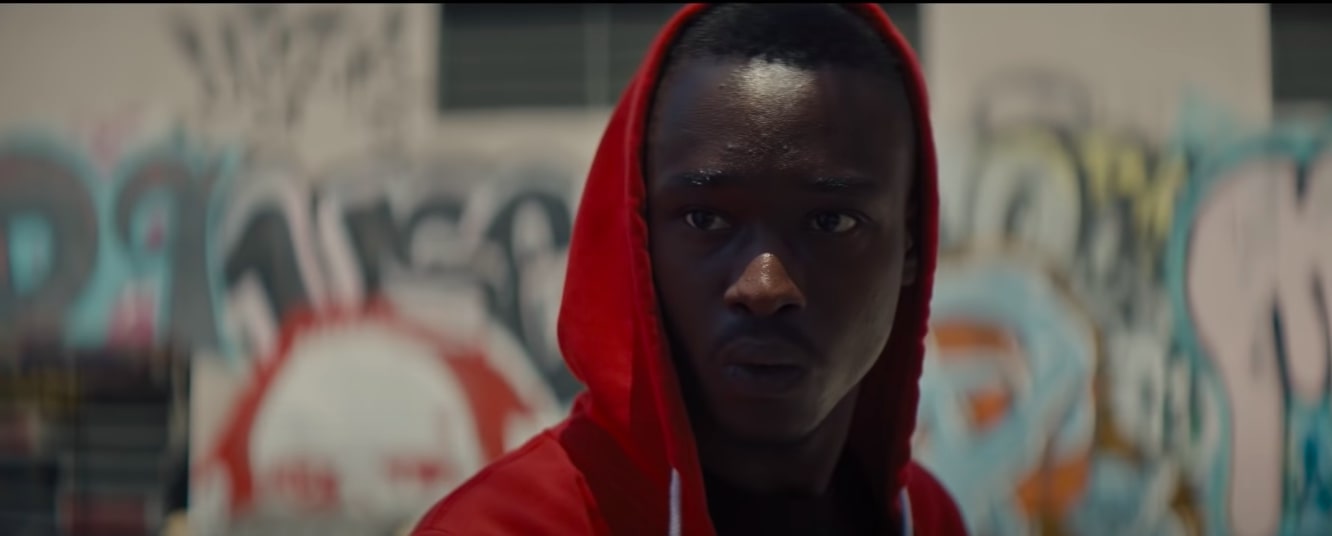‘All Day and a Night’ is a drama film that highlights the distinction between its protagonist’s thoughts and actions. The film that works in the fringes of gangster format takes one sharp left away from being a movie that is merely about such stereotypes. If anything, the film provides a solid reason to start thinking about why people are caught up in the material comforts of crime and money, straying away from rules as a community. With such real themes being discussed, it’s hard not to wonder if the film is based on true events.
All Day and a Night: A Fictional Story Tackling Real Issues
No, ‘All Day and a Night’ is not based on a true story. Though the film’s themes are deeply rooted in the social history and culture of the Black community, the film and its characters are fictitious. Its central theme doesn’t call to attention just racism by its counterparts but also the form of oppression that exists within this community. There are two things that the film tries to portray, one is general racism, and the other is the correlation between the black community and organized crime.
Organized crime within the African American community goes back to the 1920s when there was a large influx of people of this community all over the upper states. The already established communities of white individuals had a rigid and biased notion regarding racial differences and ethnicities at that point in time. This is also a time period when individuals from the Black community was heavily marginalized and subjected to gruesome violence. Though the reasons lie in a mix of discrimination, community rejection, rebellion, and money, this time in history saw a large emergence of gangs and gang members from the black community gaining national attention as their earnings rose up.

This continued post the Second World War as well. The film, which focuses on Oakland, is famous for Felix Mitchell, whose ’69 Mob’ was earning millions in organized crime. These gangs had a community effect on its members. The black community youth who was anyhow facing much rejection from mainstream jobs and opportunities became involved in such groups to make a living. As a result, it had much impact on the subsequent generations that resorted to the same, as we see in the film.
Expressions of Social Oppression
This is where the film attempts to look closely at an individual who is part of such a community while growing up. The neighborhood, which is involved in such illegal trades and crimes, doesn’t only operate remotely but also forces it onto its youth as well. JD’s father did it to him, and JD did it to his son, Jahkor. Though deep inside, they want to be part of something different, like Jahkor working in a shoe store or Lamark joining the army, they are put back in their own places within the neighborhood by those outside wanting to always maintain ‘safe ignorant boundaries.’
As a result, they imbibe the hate and the minority position given to them. For instance, the most commonly used term to address each other in the film is ‘nigga.’ This is culturally very important, as they were not the first ones to call themselves that. It was a hate expression which they later imbibed as part of their history etched in violence. This also forms the language of rap music, something the protagonist is very taken with. Though it sounds great, Jahkor’s lyrics are an expression of social oppression and abuse.
Thus, the film addresses such complex points that are steeped into the black consciousness. Though Jahkor wants to be different, he is forced into the repetitive culture of his neighborhood as there is very little acceptance for people like him elsewhere. The film, in this manner, deals with the lack of choice that minority communities are faced within the culture of systemic racism.
Read More: Best Gangster Movies on Netflix


You must be logged in to post a comment.